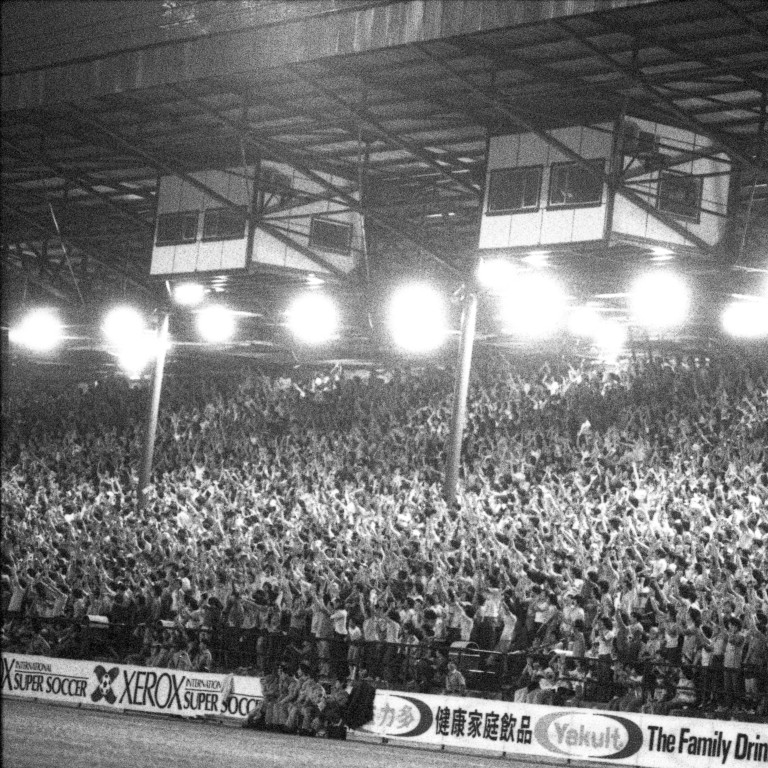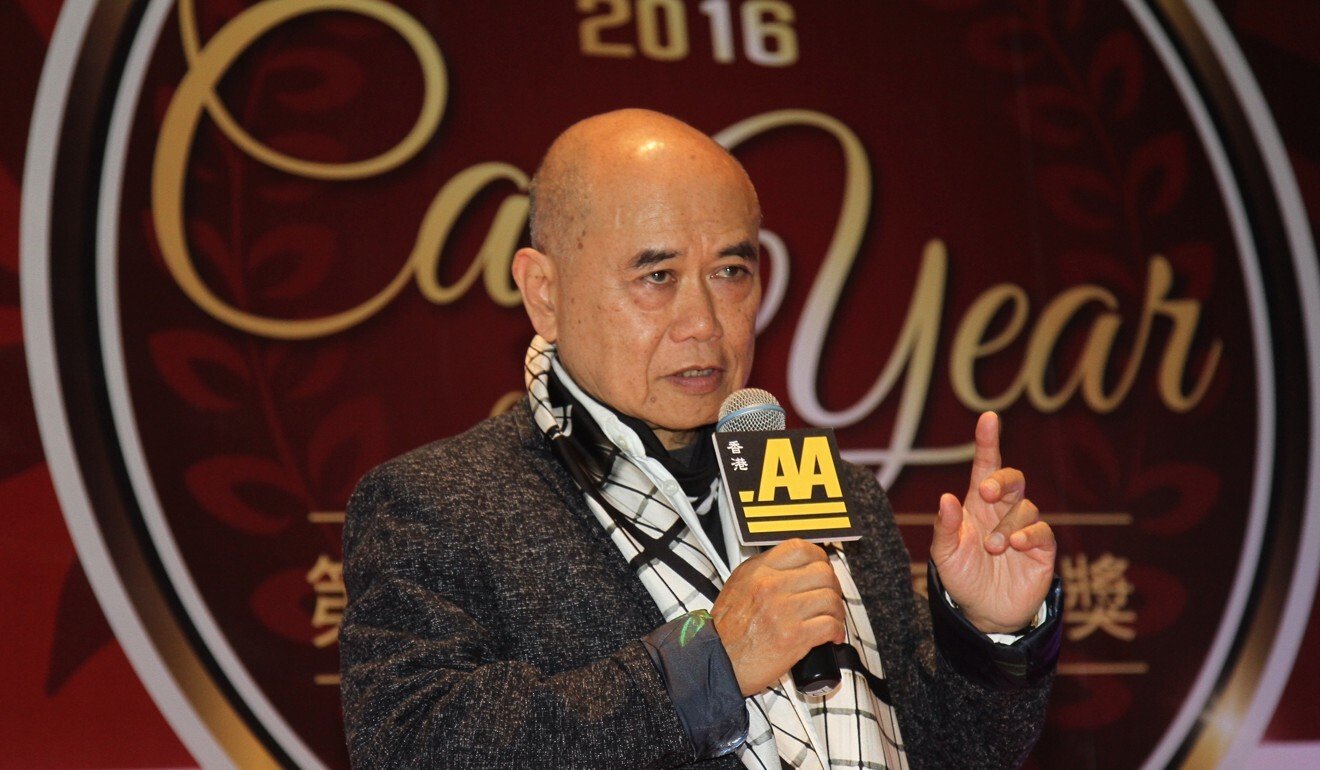
How Hong Kong football went from Asia’s top league to second tier
- The 1986 decision to ban all foreign players from the Hong Kong First Division was the beginning of the end for the city’s top flight
- Dale Tempest, John Spencer and Peter Bodak were among the stars when overseas pros returned in 1989 but the damage had already been done
The end of Hong Kong’s golden era was largely expected but the way it happened remains, to this day, inexplicable. No single decision has had such a negative impact in the history of Hong Kong sport.
With Hong Kong’s domestic football scene thriving in the mid-80s – and Hong Kong beating China in a World Cup qualifier in 1985 – the local governing body made two decisions that ensured the game would never be the same.
The first was to cut the number of foreign players allowed for each side to four, from five. In fairness, it was for the benefit of Hong Kong players and did not, at the time, seem that drastic. But it was enough for Bulova – one of the biggest teams in Hong Kong – to pull out of the league.
Then came the hammer blow. The HKFA decided that, for the 1986 season, all overseas professionals would be banned so there would be more parity among teams and local players would have more playing opportunities.
The move was too much for Hong Kong’s top team, Seiko, who decided to follow Bulova out the door. Crowds of 28,000, a competitive league and high-profile stars disappeared in a single season. Although the overseas pros were to return for the 1989-90 campaign – bringing in the likes of Dale Tempest, John Spencer and a returning Peter Bodak who contributed much to the local scene – the damage had been done. Hong Kong football has yet to recover.

“It definitely affected the quality of local players and fans lost interest,” said Lawrence Yu Kam-kee, the former HKFA chairman who was instrumental in bringing back overseas stars. “A lot of football teams didn’t have money to import foreign players and they thought it was unfair that only a few teams were able to do so.
“But this is the economics of the game, it happens everywhere, even in England. I understand the reasons but personally I didn’t agree with it.”
In the years following the return of foreign pros, South China and Lai Sun dominated the scene, with Happy Valley, Eastern and Instant-Dict also making an impact.

South China, previously Hong Kong’s most popular team, have since downgraded their football programme.
Hong Kong-born Tim Bredbury played for Seiko before the ban. He then joined South China as a local player after Seiko’s withdrawal and remained with the Caroliners when overseas players returned, eventually moving to Lai Sun and then Instant-Dict.
“I think it [the atmosphere] did start to come back a bit,” said Bredbury of the scene after foreign pros were allowed back in. “It all came down to what sort of rivalries were around. In the days of Derek Currie and Walter Gerrard, Seiko and Bulova were the main sides and maybe the competition was more even across the board.

“When foreigners were banned, the game definitely suffered but then I believe things started to happen again when they returned.
“At the beginning [early 70s], it was a bit of a novelty factor and there was strong general interest in football because there was not much else to do. In the 90s, Premier League TV started to kick in and that made it harder to attract fans. The quality players were not as high.”
Hong Kong football fans over the years have found it difficult to attach themselves to a “home” team. South China enjoyed such status for a time but the local league has suffered from big companies buying teams, changing their names and quitting the game after a few years.
“The EPL was formed by clubs but in Hong Kong the clubs and FA have never really worked together for the game, it’s more for the benefit of individual clubs,” said Bredbury. “That’s again a major problem and why football has never really reached the heights in Hong Kong it should have.”

